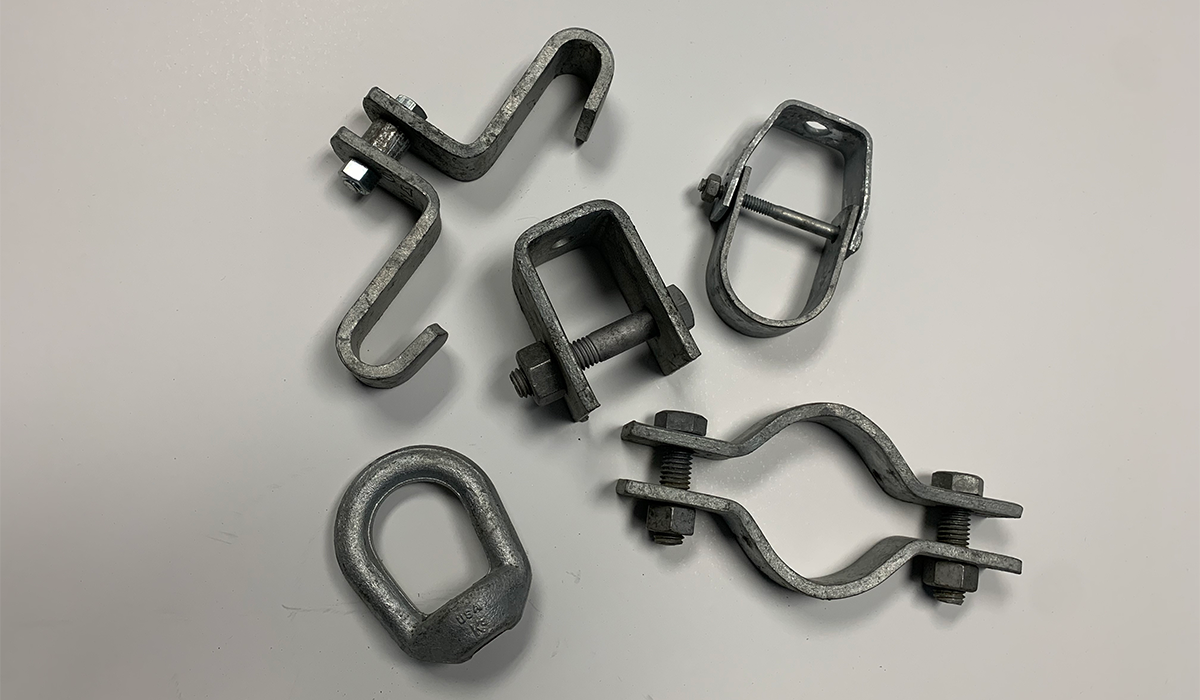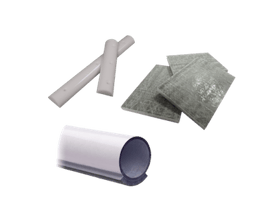
In your piping system, reliable pipe hangers are critical. After all, they suspend massive pipes and hold up heavy structures. When they collapse or break, it could cause catastrophic damage to your system.
Unfortunately, there’s a big problem with pipe hangers that’s lurking, poised to sabotage your system. Want to learn how to avoid the biggest downfall of pipe hangers and keep your piping system secure? Read on to uncover the most common pipe hanger problem and how you can fix it.
First, What Do Pipe Hangers Do?
Your pipe hangers play a unique role within your piping system. They need to hold the weight of pipes and suspend piping runs—all while keeping pipes protected from corrosion or damage. Because they’re often dangling in mid-air, pipe hangers have to withstand the weight of your pipes as well as gravity.
Here are some examples of types of pipe hangers and hardware:
- Hanger pipe restraints: Hanger restraints, such as hanger clamps, clevis hangers, and yoke pipe rolls, harness your pipes and control the movement of suspended pipes.
- Structural attachments: Structural attachments for pipe hangers help elevate pipes and keep them from sitting on beams. This includes important products that feature multiple uses, such as beam clamps and structural welding lugs.
- Rods and hangers: To keep dangling pipes secure, you may need adjustable attachments. Rods, turnbuckles, and other hanger attachments let you make tweaks in the field that help you secure suspended pipes.
What’s the Biggest Problem with Pipe Hangers?
Because they need to hold strong under the force of gravity as well as a pipe’s weight, quality pipe hangers are usually made of sturdy metal. Unfortunately, their metallic makeup can cause several problems. Here are a few of the biggest problems facing metallic pipe hangers.
Electrochemical Reactions
If your pipe hangers, attachments, or pipes are made of dissimilar metals, it could jump-start galvanic corrosion. Galvanic corrosion is an electrochemical reaction that can dissolve metal and cause ruptures. This is especially dangerous for pipe hangers because these supports are holding heavy pipes that could come tumbling down if their support gives way.
Metal-on-Metal Corrosion
Even if you’re using compatible metals, the hard surface of unprotected pipe hangers can scrape against pipe metal. That metal-on-metal friction can cause the outer layer of metal to rub off and wear. As these surfaces wear down, it leaves little holes that can harbor microbacteria.
The result?
Under the right circumstances, these worn spots can jump-start crevice corrosion. That corrosion can quickly spread and destroy your supports.
How to Solve the Problem
Luckily, there are a few ways to fight off these problems. Here’s how to solve the biggest pipe hanger challenges:
Protect Your Metal
There are a few ways to keep metals from corroding and breaking down. The first is to pay close attention to the types of metals you’re using together. Avoid pairing up dissimilar metals that are susceptible to galvanic corrosion. You can also use products made of stainless steel, which is an anticorrosive material.
Of course, stainless steel won’t always be cost-effective. In some instances, it may be more practical to use hangers that are made of more corrosive metals, such as carbon steel. In these instances, you can add a layer of corrosion protection by galvanizing metal. Essentially, during the galvanizing process, you infuse a layer of zinc with your base metal and stop corrosion from taking hold of your metal hangers.
 Add an Isolator
Add an Isolator
In some cases, you can also protect your pipe hangers by adding a nonmetallic buffer between your pipe and pipe hanger. Isolators, such as liners or wear pads, sandwich between the metal of pipe hangers and the metal of pipes. This lowers the coefficient of friction, reduces friction wear, and stops galvanic corrosion from starting. You may need to use a larger clamp or bigger hanger to fit these isolators, but they can protect your system’s metal and fight off corrosion.
Learn How to Keep All of Your Pipes Safe
A few precautions can keep your pipe hangers strong and your pipes safe. But they’re not the only pipe restraints that your piping system needs in order to boost its performance.
Want to learn about the most important pipe restraints and how they should be improving your piping system? Download our Complete Guide to Pipe Restraints and learn which supports are essential to your system.






